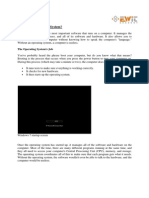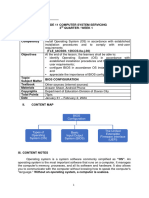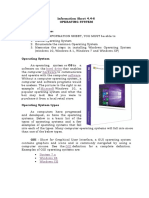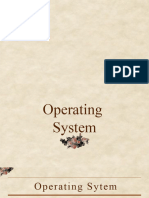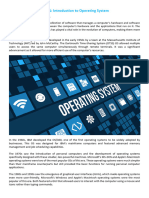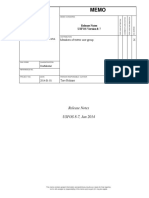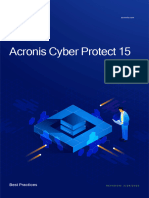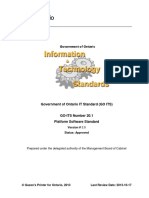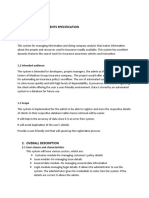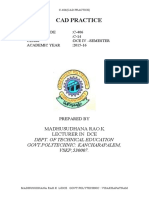0% found this document useful (0 votes)
28 views27 pagesOperating System
An operating system (OS) is essential software that enables communication between computer hardware and software, with functions including hardware management, software management, and data handling. Examples of popular operating systems include Microsoft Windows, macOS, Linux, and mobile OS like Android and iOS, each with unique features and historical developments. The document outlines the evolution and characteristics of these operating systems, highlighting their significance in computing.
Uploaded by
rdaveernstCopyright
© © All Rights Reserved
We take content rights seriously. If you suspect this is your content, claim it here.
Available Formats
Download as DOCX, PDF, TXT or read online on Scribd
0% found this document useful (0 votes)
28 views27 pagesOperating System
An operating system (OS) is essential software that enables communication between computer hardware and software, with functions including hardware management, software management, and data handling. Examples of popular operating systems include Microsoft Windows, macOS, Linux, and mobile OS like Android and iOS, each with unique features and historical developments. The document outlines the evolution and characteristics of these operating systems, highlighting their significance in computing.
Uploaded by
rdaveernstCopyright
© © All Rights Reserved
We take content rights seriously. If you suspect this is your content, claim it here.
Available Formats
Download as DOCX, PDF, TXT or read online on Scribd
/ 27





















